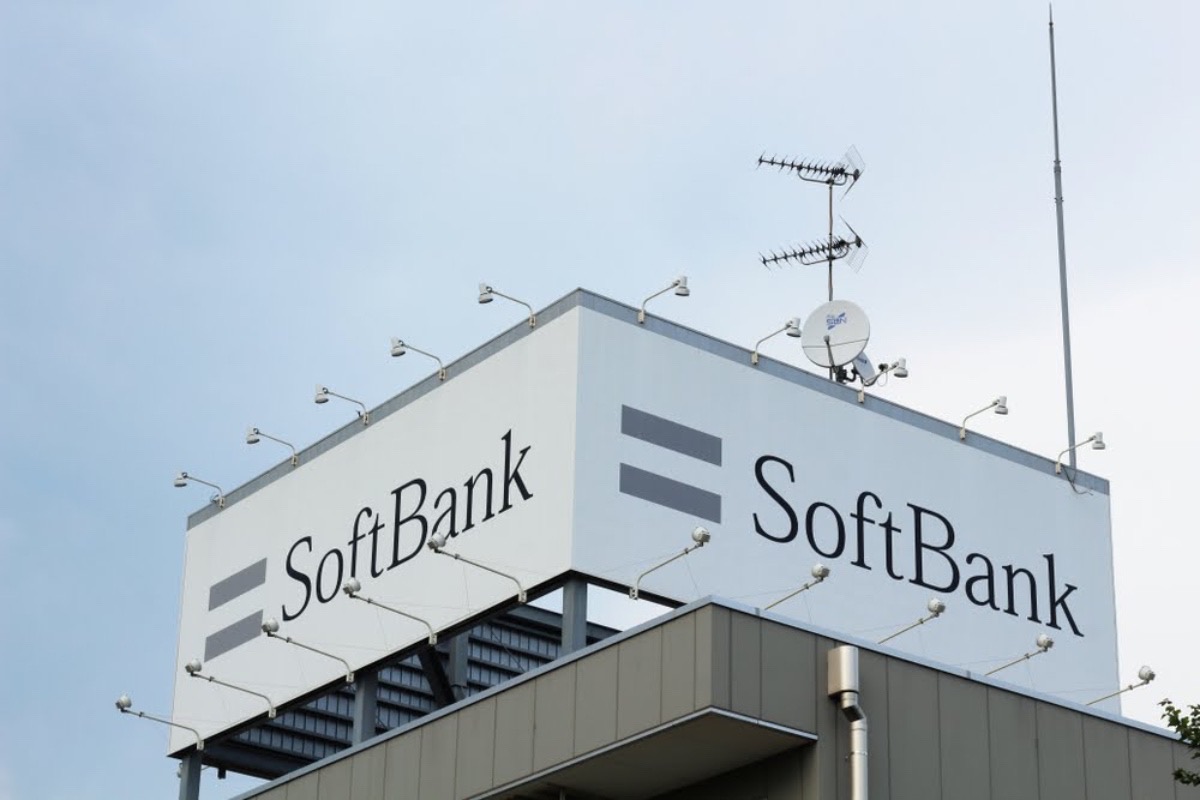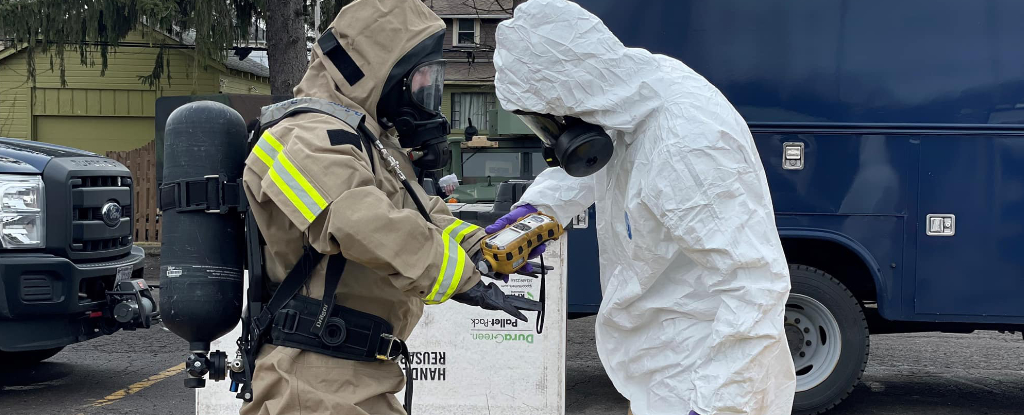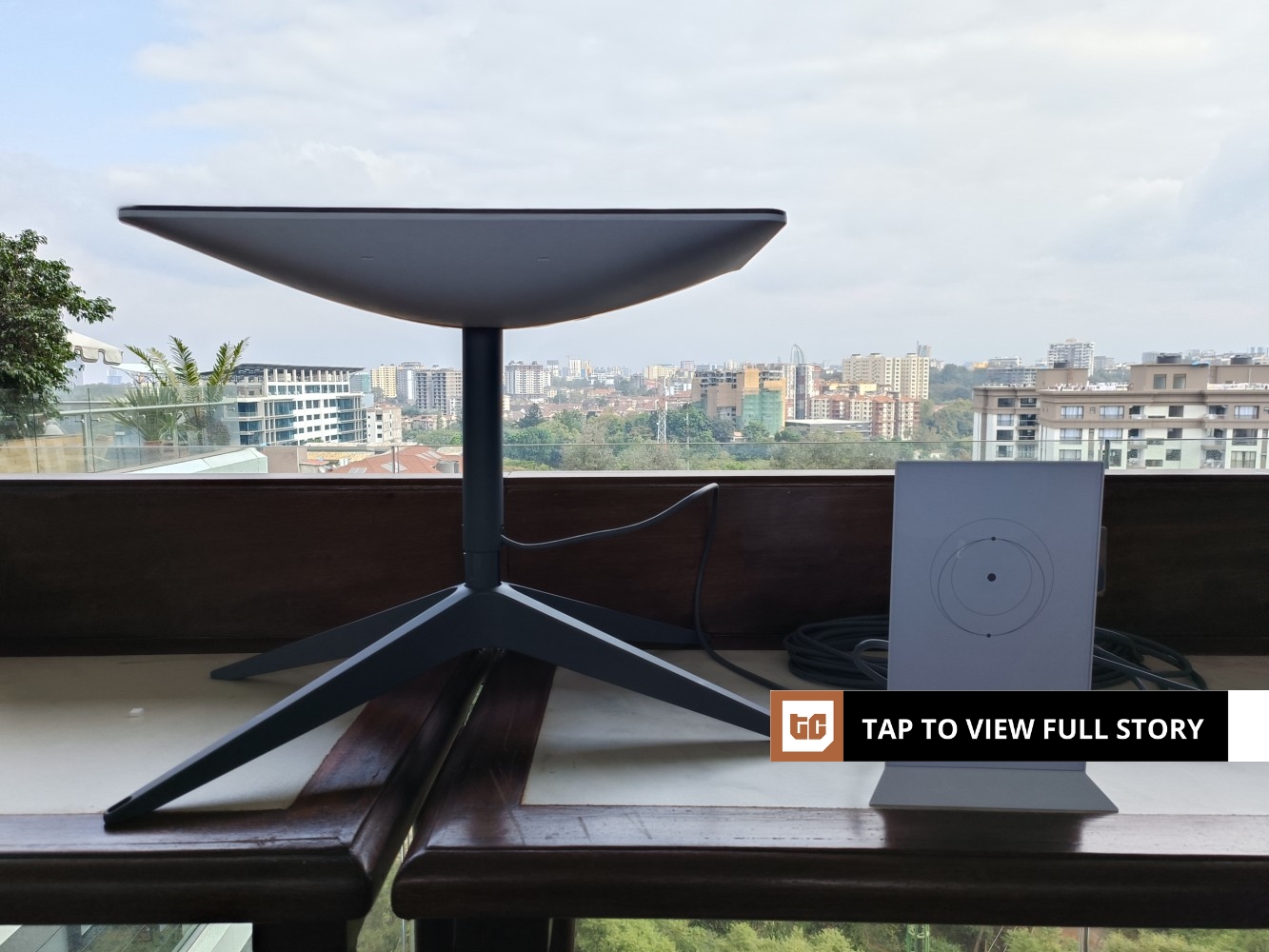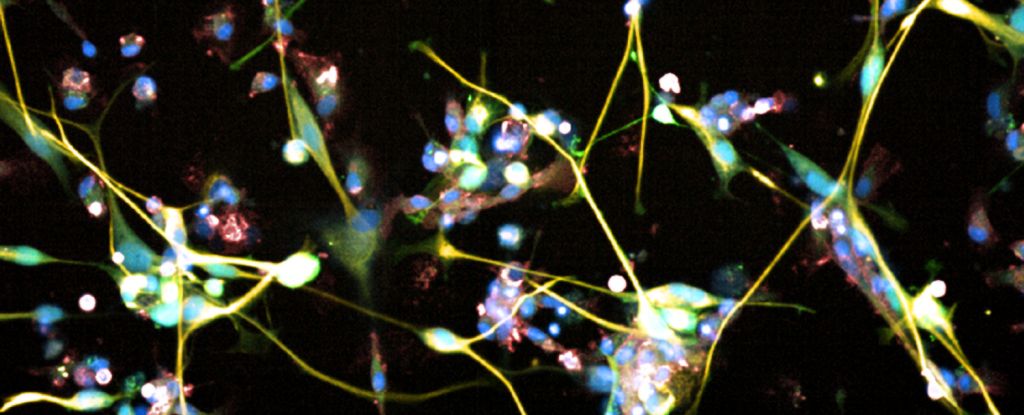Place your adverts here on InfoDig @ low rates; banner ads, sponsored links and guest articles etc. Contact us
IoT (Internet of Things) satellite technology is making huge steps forward in the auto business, especially when it comes to connected and self-driving cars. IoT supported by satellites guarantees that automobiles can access data and communicate even in distant or rural places without conventional network coverage. Five main applications of IoT satellite technology in automobiles are discussed below, and how this technology is influencing the direction of transportation going forward is discussed. Real-time vehicle tracking in vehicles is among IoT satellite technology’s most well-known applications. Especially in places where terrestrial networks could fail, GPS devices depend on satellite communication to provide precise position data. By mixing satellite connections with real-time data processing, IoT integration improves the accuracy of these systems. IoT satellite technology may provide drivers in personal automobiles with current navigation data, even in areas without cellular service, guaranteeing seamless and quick travel. Improving emergency response capacity in vehicles is yet another vital use of IoT satellite technology. In places like hilly or rural locations where cellphone networks are absent, drivers might be unable to contact for assistance should an accident or breakdown strike. Constant connectivity guaranteed by satellite IoT technology lets drivers transmit emergency signals—such as SOS alarms—through satellite networks. Features like automated accident alarms significantly benefit from this continual contact. Should an accident occur, linked automobiles may quickly provide emergency personnel with information on the occurrence, including the vehicle’s precise position. This quick reaction lessens the time first responders must travel to the incident, possibly saving lives in dire circumstances. The safe and efficient functioning of autonomous or self-driving automobiles depends on perfect interaction with outside systems. Making real-time judgments in autonomous cars mostly depends on input from sensors, cameras, and linked infrastructure. Even in places without access to terrestrial networks, this data has to be sent without breaks. IoT satellite technology guarantees that autonomous cars can connect constantly with control centers and distant servers. Ensuring this technology’s future expansion and scalability depends on satellite IoT being included in autonomous cars. Additionally essential for car maintenance and diagnostics is IoT satellite technology. Manufacturers and fleet drivers may remotely and in real-time check vehicle health using satellite IoT sensors buried in different automotive components. IoT-powered predictive maintenance systems may find problems in a car before they cause failures, significantly lowering maintenance costs and downtime. IoT sensors, for example, may monitor engine performance, tire pressure, battery levels, and other vital data for a car. From there, this information is sent by satellite to a central server for analysis. Should any anomalies be found, the system may notify the driver or fleet management so they may fix the problem before it becomes more serious. As connected vehicles become increasingly common, passengers anticipate a more immersive and linked driving experience. IoT satellite technology guarantees that passengers may remain connected, even in far-off locations without conventional broadband or cellphone networks, by giving cars high-speed internet connections. Long trips allow in-car entertainment services—video streaming, gaming, and video conferences—to run smoothly, thanks to this ongoing connection. For the automobile sector, IoT satellite technology presents a revolution, providing answers for connection problems in underdeveloped or rural areas. From improving vehicle monitoring and emergency response to helping autonomous driving and predictive maintenance, satellite-enabled IoT guarantees that automobiles remain connected and functioning wherever they are used. Future applications of IoT satellite technology should be increasingly more creative as technology develops, improving vehicle safety, efficiency, and general user experience.Real-time Navigation and Vehicle Tracking
Road Safety and Emergency Aid
Automobile Vehicle Control and Transmission
Vehicle Diagnostics and Predictive Maintenance
In-vehicle Connectivity and Entertainment
Conclusion
Related Topics

 3 hours ago
35
3 hours ago
35
















 English (US) ·
English (US) ·